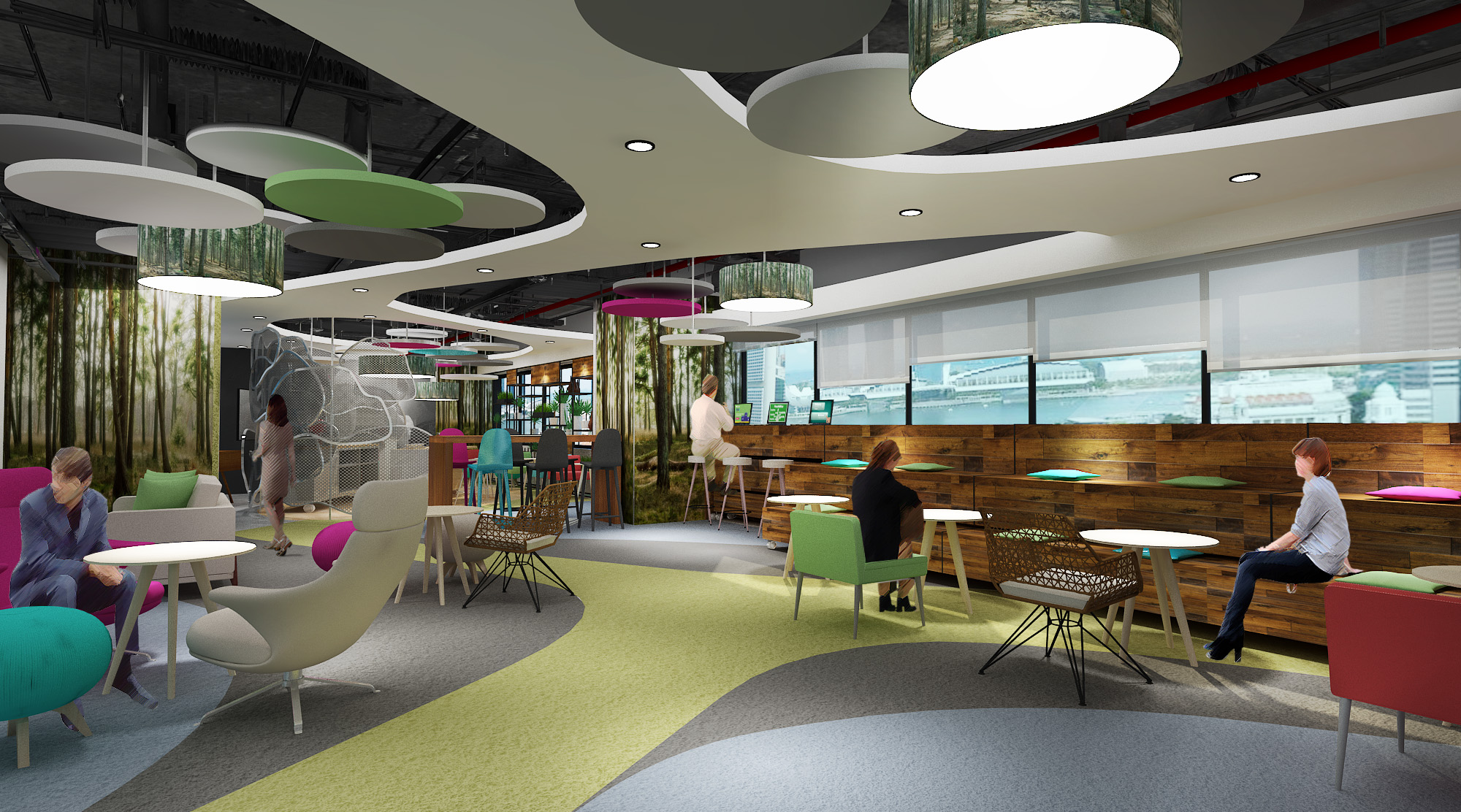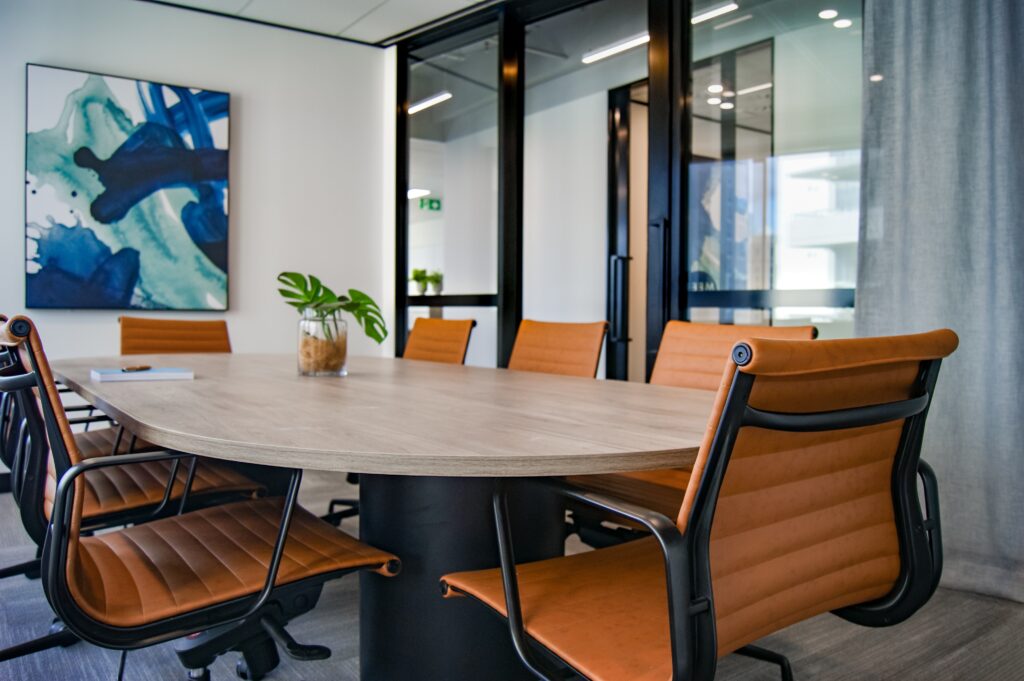How to ensure your corporate office makeover is a sweet dream and not a nightmare (plus some useful ‘Office Interior Design Briefing‘ downloads for corporate clients and design agencies).
Renovating a commercial
office may seem like a complicated task and it’s certainly true that there will
always be complexities, especially when business disruption has to be minimized.
But an appreciation of
the planning regime followed by experienced refurbishment experts can smooth
the path of your project and might even win you ‘go-to’ status – although
that’s a title you may wish to avoid!
Here are the key
processes the professionals apply when embarking on an office renovation…
Research
and more research
Whether you are a commissioning client or a design agency, thorough research gives your project firm foundations. It also helps decision-making at every stage. Typical areas to investigate will include:
- Review the
current building condition – if any significant maintenance or repair is
needed, it needs to be done before renovation begins.
- View the office
location and surrounding vicinity to assess what aesthetic and practical
qualities would complement the environment.
- Seek
opinions from tenants sharing the same prospective building who have had their
offices renovated. Their experience (good or bad) can inform your approach.
- Collect photos
and design reference ideas from other renovated offices to help your chosen
design consultants understand your preferences and aims.
- If you have
flexibility in building choice, consider leasing space with good sustainability
potential.
- Confirm
leasing conditions and duration to determine the viability of your
refurbishment investment.
Design
planning
Here’s where professionals
start drilling down into the details. There’s a long list but below you will
find most of the basics:
- Will the workplace
plan support strategy for future growth and more office staff?
- What is
the operational activity and work culture in the office? Is hot-desking versus
assigned table arrangement preferred? Is the current open-space concept
combined with flexible break-out areas a preferred option?
- What are
the operational must-haves for achieving an efficient and flexible workplace
layout?
- How will
disability requirements, signage, acoustics and ergonomic factors be addressed?
- What is
the required durability and longevity of materials, finishes and office
furnishings?
- What
provision must be made for accommodating state-of-the-art office equipment?
Other needs may
include:
- How many data
and power points are required per desk?
- How many
desks are required and of what size?
- How many private
and meeting rooms are required and of what size?
- Is a dry
or wet pantry required?
- What is
the size of the reception area and how many seats must it accommodate?
Health and safety
considerations will always be paramount. For example:
- What provision is needed for temperature screening and social distancing?
- What materials and finishes (antimicrobials etc) could be specified to support well-being?
- Can biophilic design principles be applied, such as living greens, sunlight, and natural elements?
- What air quality control measures can be incorporated?
You may also wish to explore how building systems technology could enhance safety, operational efficiency and environmental quality. This can include innovations such as movement sensors to track occupancy level and control lighting and ventilation economically. Smart glass for automated sun shading, facial recognition for swift office access, and touchless door controls for added hygiene.
And, naturally, all proposals must comply with building codes and the lease agreement conditions. The latter to be shared with the design consultant / project management team from the outset. Don’t forget, our Office Interior Design Briefing download will help you tackle this.
Budget
Planning
Thorough budget planning is fundamental to
successful office renovation. Preparing for the unexpected being an absolute necessity.
Here we list the main cost elements:
- Design
ambitions and choice of materials will account for a significant proportion of
renovation costs. Be realistic about the core needs and ensure they are
fulfilled first.
- Every sizeable
project will incur professional fees for design consultancy, project
management, engineering such as LEW (Licensed Electrical Works) submission, or FSSD
(Fire Safety and Shelter Department) submission, and legal services.
- You will
need to allow for the costs of new or refurbished furniture, security systems
and office equipment.
- Landlords may
require a renovation deposit, which is refundable upon completion if there are no
damage claims.
- Depending
on your project, you may need to allow for reinstatement works to old office
space.
- Contingency
budget. Here’s where preparing for the unexpected comes in. Always allow for
unforeseen factors or changes in plan.
Project
planning
One of the client’s
early moves should be to appoint a staff team to be responsible for internal
communication and external liaising with consultants. For companies ‘going it
alone’ without the assistance of a design consultant or external project
manager, it can be overwhelming to coordinate the many different groups of
trades involved in a renovation. Typically, these are the main activities to
manage:
- Design and project submission administration.
- Demolition works (If any).
- Flooring.
- ACMV (Air Conditioning and Mechanical Ventilation Systems).
- Electrical and networking.
- Fire safety.
- Partition walling.
- Carpentry.
- Painting works.
- Wet works and plumbing.
Logistics
and phasing
Many businesses do not
have the luxury of being able to move into temporary accommodation while a
major renovation is being carried out. It’s therefore essential to plan the
project so that business disruption is minimized. For example:
- If an
existing office space is being renovated, the project may need to be phased. This
will entail careful planning to move staff in stages as the work progresses and
is completed.
- Packing
and logistics arrangements need to be carefully scheduled to ensure staff have
everything they need to continue working effectively.
- Reinstatement
plans for old office space may need to be incorporated.
Furniture
that fits
Office furniture plays
an important role in any renovation scheme. It not only has to support the
design aesthetic but has to be practical, comfortable (if it’s seating) and
appreciated by staff. Your furniture plan should include the following:
- Review the condition of existing furniture and decide in conjunction with the design consultant whether it can be reused in your new office setting.
- Sell any existing furniture which cannot be reused in the new scheme.
- If the decision is to invest in high-quality new seating, clients can usually request chair samples on loan from suppliers. This allows different chair designs to be tested by staff and votes to be taken on their favorites – an exercise that helps to involve staff in the renovation.
There are a great many plates to spin when taking on a renovation. Thankfully, there are specialists who can ease the process and ensure a satisfying result. At CDI World our design and project management teams have the experience and capability to help you achieve a solution that meets your needs. Contact us for an initial discussion and we’ll be delighted to show you some projects from our portfolio.
Downloads
In the meantime, we’ve assembled two downloads that may be useful. For corporate clients or brand owners about to hire a design consultant, we have prepared an Office Interior Design Briefing form that can be used to inform the consultant of their key design requirements.
[sdm-squeeze-form id=”3801″ fancy=”0″ button_text=”Download Now”]
For design consultants about to embark on a renovation project, we have produced an Interior Design Site Survey form that details the key measurements that will be needed to develop accurate design drawings and to brief other specialists.
[sdm-squeeze-form id=”3800″ fancy=”0″ button_text=”Download Now”]





